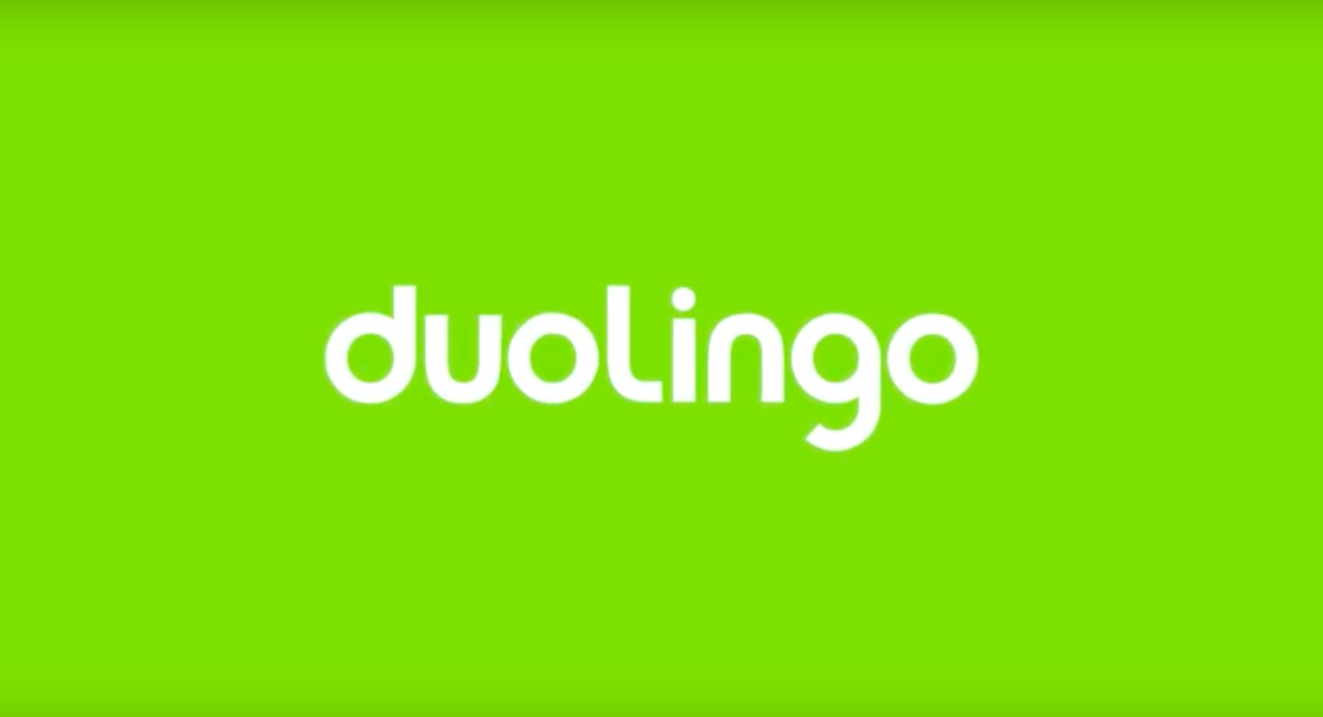
Articles
Editor’s Picks
2018 Midterms Will Mark the Year of Education, But not Edtech
By Henry Kronk
November 01, 2018
The 2018 midterm elections are less than a week away. This year, issues of education are forming a primary concern for numerous cities, counties, and states across the U.S. But despite this focus on a topic that is not always so provocative to the general public, issues regarding edtech are largely absent.
On November 6th, voters in Seattle will decide on a multi-million dollar appropriations bill that would create a college promise program for local residents.
Voters will decide whether to increase state-issued education funding using various methods in Colorado, Georgia, Hawaii, Maryland, New Jersey, Utah and Wyoming.
School safety is also on many voters’ minds. A recent study found that, among young Americans aged 14-29, school shootings and access to higher education are taking the #1 and #2 spots respectively in terms of most important issues considered at the polls.
“While talk of school shootings may have quieted in the media, this Columbine Generation—who has grown up facing the threat of school shootings every day—has been traumatized and remains energized unlike any time since September 11th,” said John Della Volpe, director of polling at the Harvard Kennedy School Institute of Politics, in a statement.
#RedforEd
Perhaps the biggest story regarding education in the midterm elections began last spring, with the #RedforEd teacher strike and protest movement that began in West Virginia. Oklahoma and Arizona teachers would go on to hold statewide strikes, while educators in Kentucky, North Carolina, and Colorado organized similar initiatives protesting issues such as poor working conditions, class sizes, and more.
Those strikes and protests continue to reverberate. They helped make the outgoing Arizona governor, Marry Fallin, the least popular in the country, with an approval rating of just 19%.
With momentum from this movement, hundreds of former teachers have entered local and state elections. As Mara Sloan, spokesperson for the Democratic Legislative Campaign Committee told EdWeek, the group has identified over 650 educators running for state legislative positions.
“After years of dense education debates over teacher evaluations and the Common Core learning standards, the new teacher candidates’ simplified message for higher pay and more funding for schools represent “talking points (that) are resonating,” said Frederick Hess, director of education policy at the conservative American Enterprise Institute public policy think tank, according to EdWeek.
“What we might be seeing is the emergence of a number of individuals who will be an elected mainstream set of advocates for these teacher issues,” he said.
Americans Do Have a Few Opportunities to Vote for Edtech
But while education presents itself as such a popular issue this political season, edtech and digital learning initiatives are mostly absent from the ballots. There are, however, a few exceptions.
The race for governor in Ohio has been largely affected by virtual charter schools in the state during the past year. Things began with the findings of a state investigation into the Electronic Classroom of Tomorrow (ECOT), which was once Ohio’s largest virtual charter school.
ECOT was founded by William Lager, who has been a longtime Republican donor, giving roughly $2.1 million to Ohio politicians over his lifetime. (91% of that sum went to GOP politicians.) Investigators found that the school could not account for the full-time equivalency of a large portion of its learners and, as a result, had taken in $80 million extra in taxpayer dollars.
This summer, the Record Courier, a publication based in Portage, Ohio, reported, “Democrats contend virtually every Republican running statewide can be tied to ECOT.”
As a result, issues of virtual charter schools and school choice formed a central topic of debate between candidates for governor, Democrat Richard Cordray and Republican Mike DeWine.
As part of his platform, DeWine proposed what would be the most country’s toughest regulation on virtual charter schools. According to his “Preparing Ohio’s Future Plan,” “We are moving into a digital age where technology is rapidly improving and extending access to learning opportunities for students, especially those with unique needs and abilities. However, the ECOT abuses demonstrate the need to make digital learning services more accountable. The DeWine-Husted administration will establish a pay-for-performance model that requires course completion testing and competency before the electronic school is reimbursed. The school does not get paid unless the student receives the education the state is funding.”
No state in the U.S. withholds funding pending academic performance. If they did, there would be far fewer virtual charters in the country because their academic performance is generally significantly worse than brick-and-mortar public and private institutions. In fact, 27 states have no measure to revoke virtual charter school funding following poor academic performance.
According to Democrats, however, DeWine doesn’t have the greatest education track record.
“Mike DeWine has spent his 42-year political career shortchanging our students and fighting against giving them the resources they need to succeed,” said Ohio Democratic spokesperson Robyn Patterson to the Repository. “DeWine voted against reducing class size. He voted against special education funding, and he voted against investing in the resources our schools need.”
Simultaneously, Ohio Senator Sherrod Brown, along with Washington Senator Patty Murray (both Democrats) recently put out a call to the Government Accountability Office to investigate virtual charters.
“There is almost no research on whether virtual charter schools meet student needs, especially for students who require specific accommodations, including English learners and students with disabilities,” their letter reads.
Gun Control vs. School Security
Another edtech sideshow this election comes from an emerging concern: school security. Following the Parkland school shooting in Florida in February, GOP politicians fended off pressure to legislate gun control by calling for enhanced school security.
Arming teachers represented the most radical of those security strategies. Others tapped software companies to increase security cameras while using AI algorithms to watch for unwanted persons and dangerous items.
This summer, Rep. Pete Sessions of Texas endorsed Deep North, which has developed one of these security solutions.
“AI represents one of the few viable ways to make schools safe, and does it in a way that is more affordable than any other,” said U.S. Rep. Pete Sessions of Texas in a statement. “Using this technology we can tell before the first shot is fired that there is a problem, and that has to be the goal.”
Sessions, a multi-term incumbent, faces Democratic attorney and former NFL player Colin Allred on November 6th. Recent polls have indicated the race is far too close to call.
While 2018 is proving a wake up call for many education-related issues, technology is not one of them.
One might argue that policies related to edtech wouldn’t necessarily be decided on the ballot. But in the past few years, edtech and technology in general hasn’t received much mention in state legislatures period. In 2017, according to the Education Commission of the States, just one state-level law has been passed in the U.S. (it was a digital privacy measure in the District of Columbia). In 2016, four edtech laws landed on governors’ desks. Looking back at 2015, however, 12 state laws passed regarding the subject. In 2014, there were 17. In 2013, there were 17 as well.
The edtech industry has been booming in tech hubs around the U.S. for years, and there is no doubt that state legislatures still have much work to do.
While topics like virtual charter schools and tech-based school security are huge areas of interest, many other less-examined areas, like screen time for young learners, technology-based learning standards, education in emerging STEM fields, use of technology that could save teachers time and effort, and many more have yet to be given their due.
The question of why edtech is mostly absent from the ballots this year should serve as a fruitful area of investigation going forward.
Featured Image: Wikimedia Commons.









2 Comments